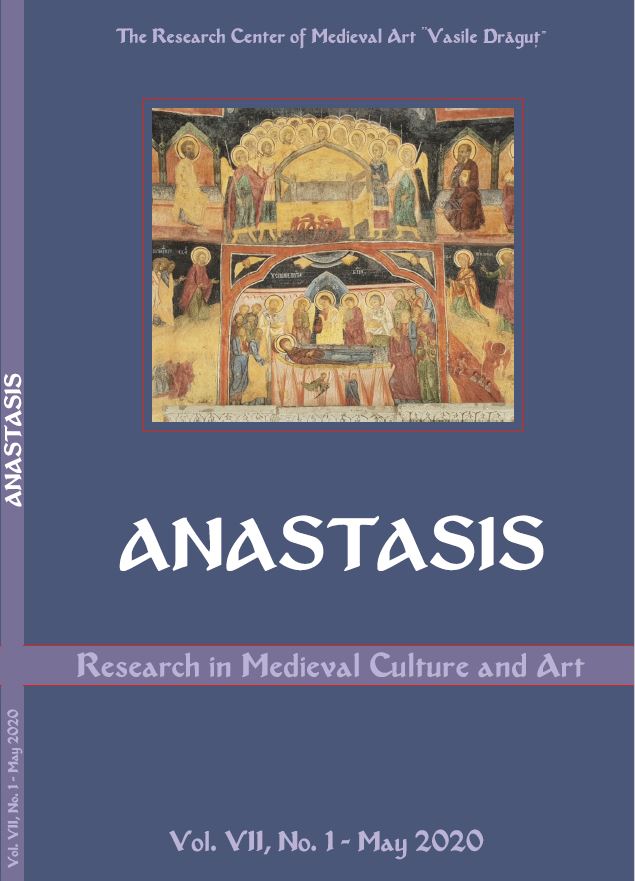Tristan en reverdie: l’arborescence mythique d’un corpus
Evergreen Tristan: the Mythical Arborescence of a Corpus
Author(s): Brînduşa GrigoriuSubject(s): Language and Literature Studies, Studies of Literature, French Literature
Published by: Editura ARTES
Keywords: Tristan; Edenic tree; intertextual revegetation; mythical arborescence;
Summary/Abstract: In most of its European versions of the central Middle Ages, Tristan nurtures an arborescent dynamics in which human agents reveal a spectacular potential for vegetalization, from the living couple to its tombal avatars, from the French poems to the Norse and German adaptations of a greening narrative matter (Pastré 1999, Victorin 2009). While exploring the affinities between the romance’s modeling of human ethos and its stylization of sylvan, vegetal figures under the sign of the philter, the present article focuses on the metamorphosis of the love tree in Béroul’s, Marie de France’s, Eilhart von Oberg’s and Robert’s realms of Tristania. In Béroul’s version, the couple fuses into an Edenic matrix where sleeping becomes an ensavaging, liberating process excluding the possibility of corporeal fecundity. (Marchello-Nizia 1981). Marie de France takes the idea of a refuted genealogy one step further, via the symbiosis of the honeysuckle and the hazel tree; this vegetal self-sufficiency excludes God’s commandments by suppressing the mere possibility of achieving a living descendance. In Eilhart’s romance, death is the catalyzer of a revegetation of the consubstantial souls of the lovers, as they are transcendentally reunited by the philter. Robert’s Saga crowns the textual regeneration of the Tristanian matter by resignifying its distinctive sign of mythical arborescence.
Journal: Anastasis Research in Medieval Culture and Art
- Issue Year: VII/2020
- Issue No: 1
- Page Range: 49-64
- Page Count: 16
- Language: French

